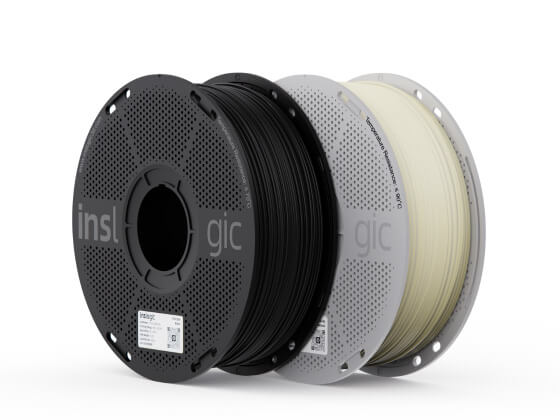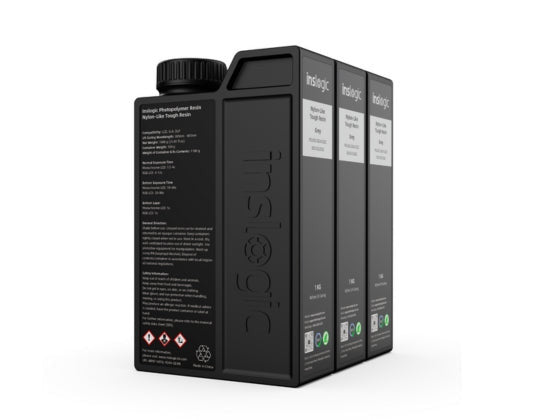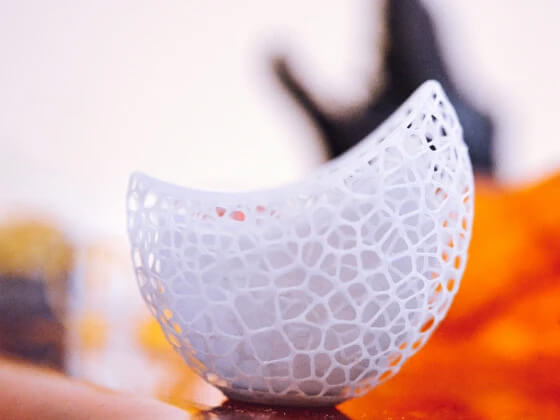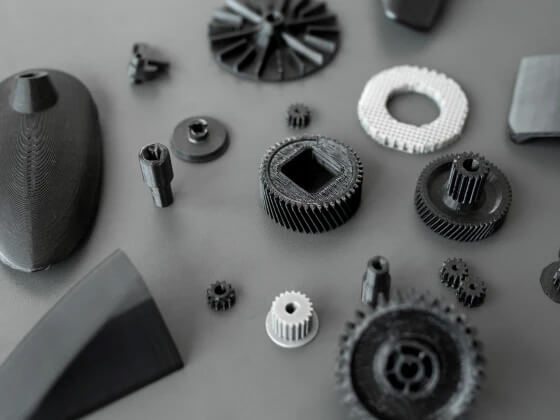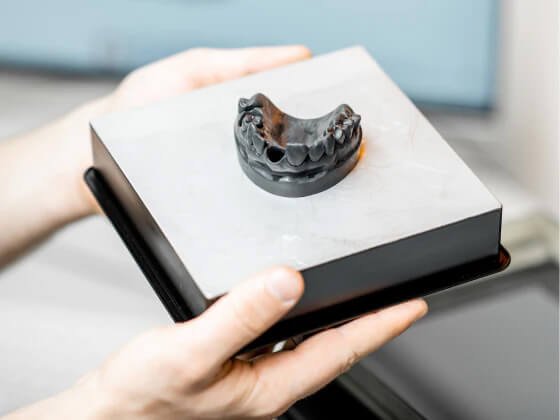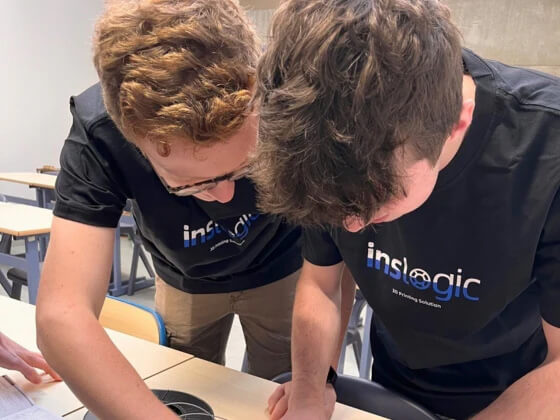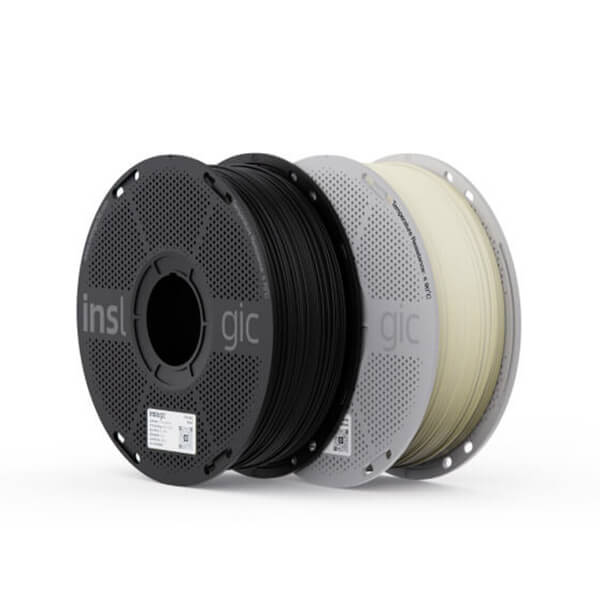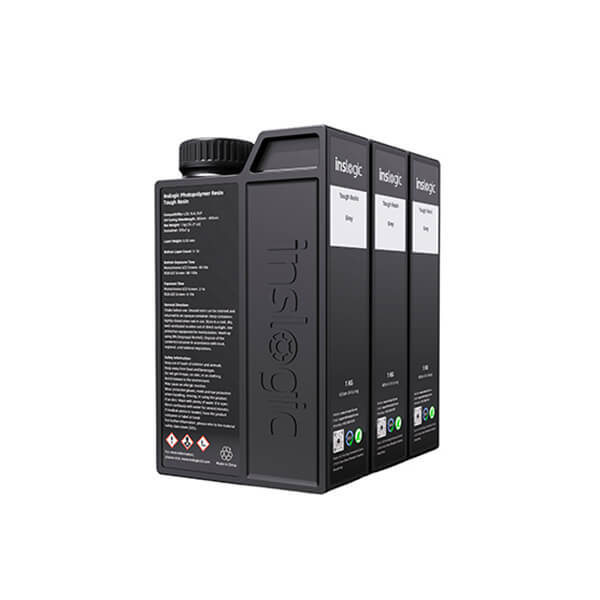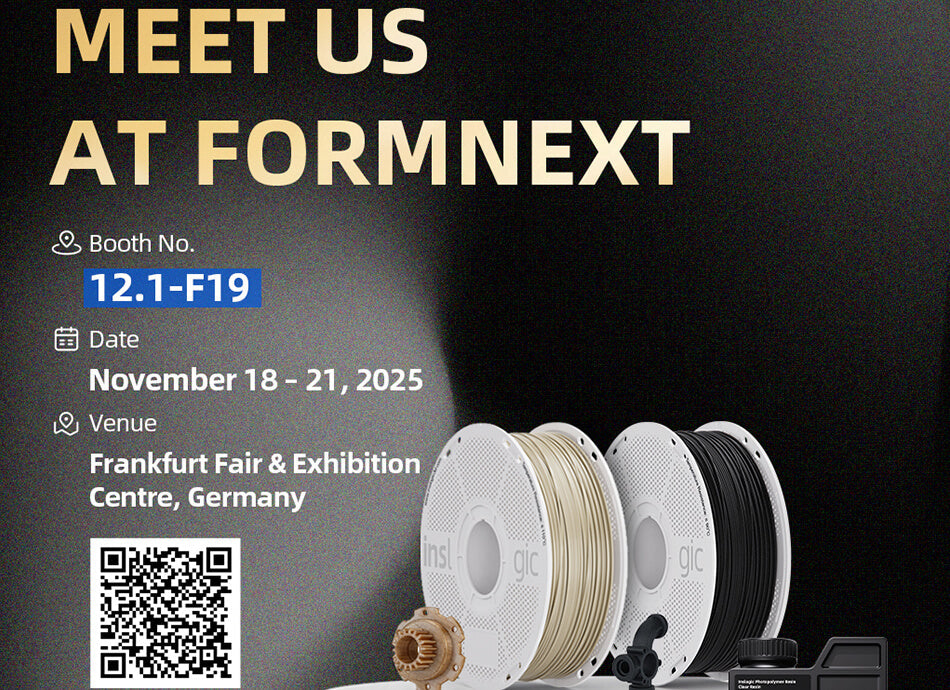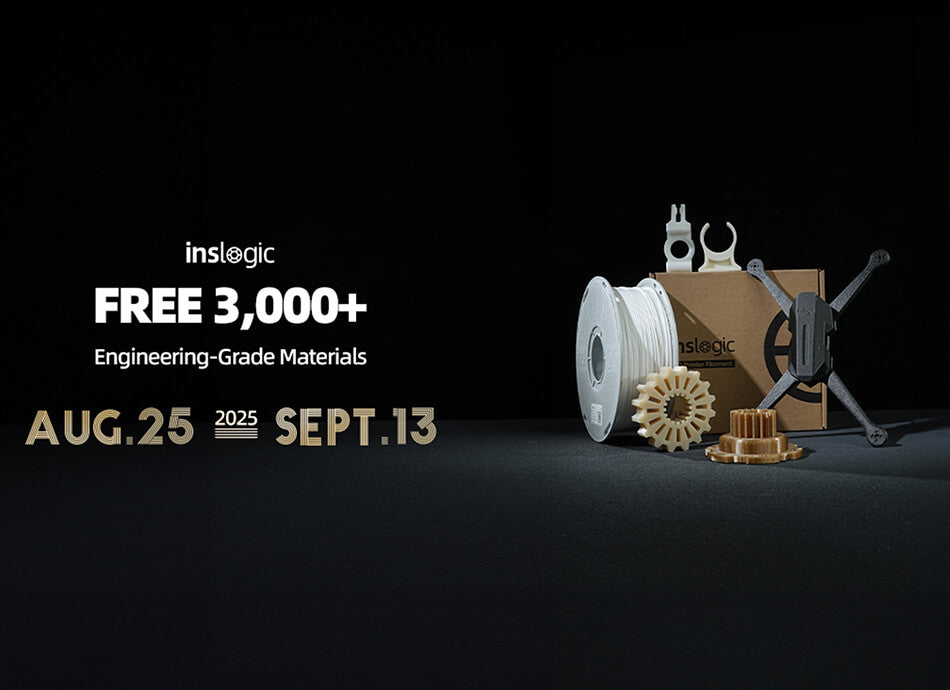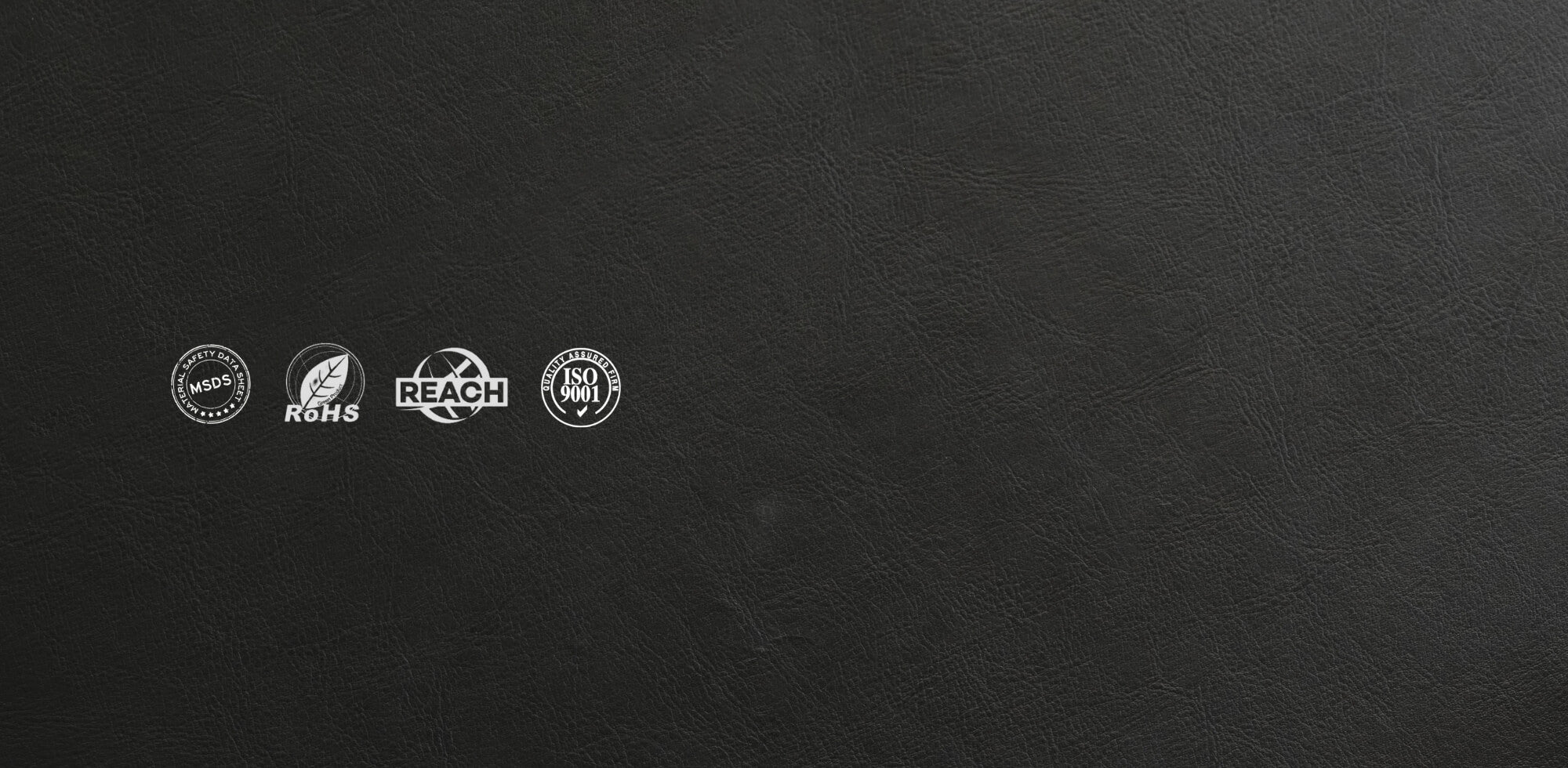This comparison highlights the differences in flexibility, mechanical performance, and ideal applications, while shedding light on the significance of the Shore hardness scale.
Shore Hardness: What the Number Means
TPU materials are rated on the Shore A hardness scale, which measures a material's resistance to indentation. A lower number indicates a softer, more flexible material, while a higher number signifies a firmer, more rigid material.
● TPU 90A – Softer, more elastic; easier to compress and bend
● TPU 95A – Firmer, higher rigidity; maintains shape under load
This difference in hardness directly affects elongation, flexibility, printability, and mechanical applications.
|
Feature |
Inslogic TPU 90A |
Inslogic TPU 95A |
|
Shore Hardness |
90A (softer, more elastic) |
95A (firmer, higher rigidity) |
|
Tensile Strength |
30 MPa |
36.1 MPa |
|
Elongation at Break |
≥1000% |
1050% |
|
Heat Deflection Temp |
36°C |
53°C |
|
Density |
1.17 g/cm³ |
1.23 g/cm³ |
|
Print Temperature |
220–240°C |
210–230°C |
|
Print Speed |
≤40mm/s |
50-120mm/s |
|
Bed Temperature |
30–60°C |
50–60°C |
Key Differences and Performance Insights
1. Flexibility and Elastic Recovery
TPU 90A is softer and offers greater stretchability - ideal for parts that need to bend, compress, or absorb impact repeatedly, such as seals, gaskets, or flexible grips.

TPU 95A, on the other hand, is stiffer and easier to print, maintaining shape under load and making it more suitable for precision mechanical parts or enclosures that require moderate flexibility.

2. Ease of Printing
Due to its slightly firmer structure, TPU 95A provides better dimensional stability and print consistency, especially on Bowden-style printers. TPU 90A, while more flexible, may require slower printing speeds and fine-tuned retraction settings to avoid filament buckling.
3. Durability and Wear Resistance
Both materials are highly resistant to abrasion and wear. However, TPU 95A exhibits superior surface hardness, making it the better choice for high-friction components such as rollers, protective cases, or tires.
4. Impact and Shock Absorption
When it comes to vibration damping and impact absorption, TPU 90A outperforms 95A due to its higher elasticity - making it ideal for vibration isolators or shock-absorbing mounts in industrial settings.
Recommended Applications
|
Material |
Ideal Applications |
|
TPU 90A |
Flexible joints, vibration dampers, wearable accessories, seals, and gaskets |
|
TPU 95A |
Tool grips, drone landing pads, mechanical couplings, phone cases, and wheels |
Choosing the Right TPU
● Select TPU 90A when flexibility and softness are your priorities. It’s ideal for designs requiring repeated flexing and shock absorption.

● Choose TPU 95A when you need higher rigidity, easier printing, and consistent mechanical strength for functional prototypes or end-use parts.

Both filaments offer excellent wear resistance, layer adhesion, and are compatible with most FDM 3D printers using 1.75mm filament.
Explore Inslogic TPU Filaments
Ready to start your next project? Explore our full range of TPU filaments and find the perfect match for your needs:
● TPU 90A Functional 3D Printer Filament 1.75mm - Inslogic 3D
● TPU 95A Functional 3D Printer Filament Flexible Material - Inslogic 3D

